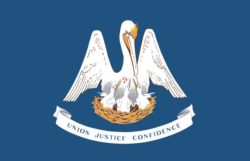Government, Politics & Law
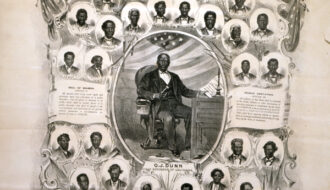
Reconstruction
The post-Civil War period in US history is known as the Reconstruction era, when the former Confederacy was brought back into the Union.

The post-Civil War period in US history is known as the Reconstruction era, when the former Confederacy was brought back into the Union.

French explorer Rene-Robert Cavelier, sieur de La Salle, is perhaps best known for giving the region and ultimately the state its name: Louisiana.
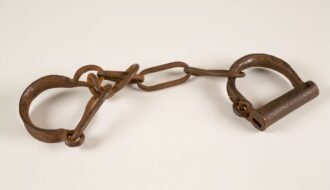
The rebellion of enslaved people aboard the ship Creole resulted in the self-liberation of more than 120 people.
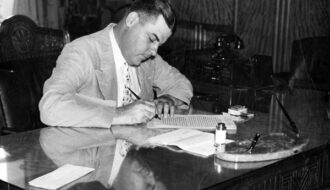
In 1936 Richard Leche won the battle to succeed Huey P. Long as governor of Louisiana and leader of the Long faction.
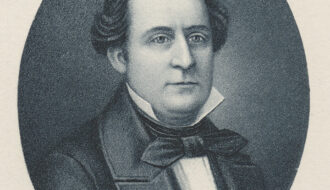
Democrat Robert Wickliffe, who served as the governor of Louisiana from 1856 until 1860, oversaw the state in the increasingly tumultuous years before the Civil War.
Louisiana governor Robert Kennon successfully campaigned on a platform of taking a "civics book approach" to government and eliminating corruption.
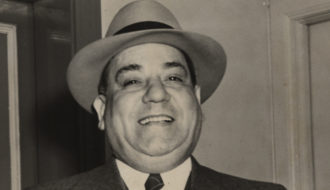
Robert Maestri was mayor of New Orleans from 1936 to 1946 and became a powerful crony to fraternal governors Huey Long and Earl Long.

As governor of Louisiana from 1916 until 1920, Democrat Ruffin G. Pleasant oversaw Louisiana’s efforts during World War I (1914-1918).
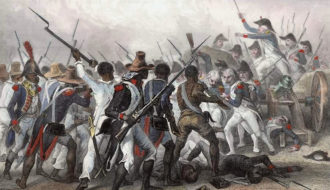
The revolution that began in Saint-Domingue in the West Indies in 1791 and ended in 1804 was the only successful slave rebellion in history.
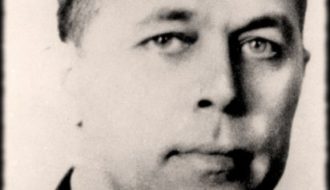
Louisiana Governor Sam Jones promised an honest government following the corruption scandals surrounding the Long administrations.
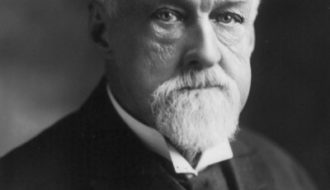
Democrat Samuel McEnery served as governor of Louisiana from 1881 until 1888.
After the death of Governor Manuel Gayoso de Lemos in July 1799, Casa Calvo was sent to Louisiana to serve as interim governor of the Spanish colony.
One-Year Subscription (4 issues) : $25.00
Two-Year Subscription (8 issues) : $40.00
